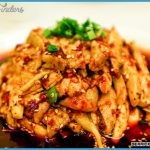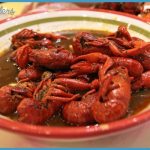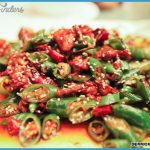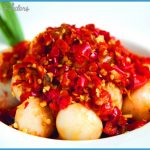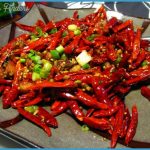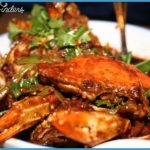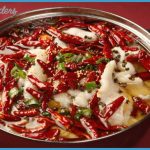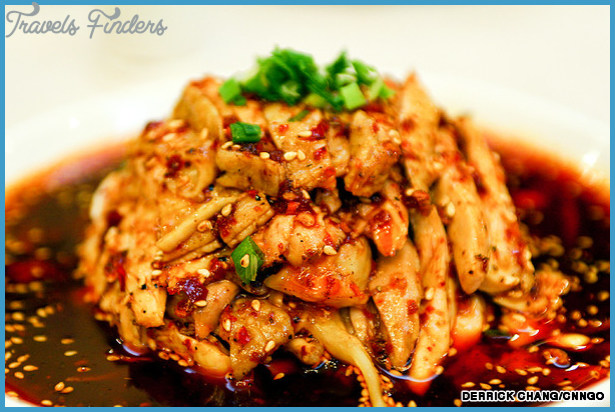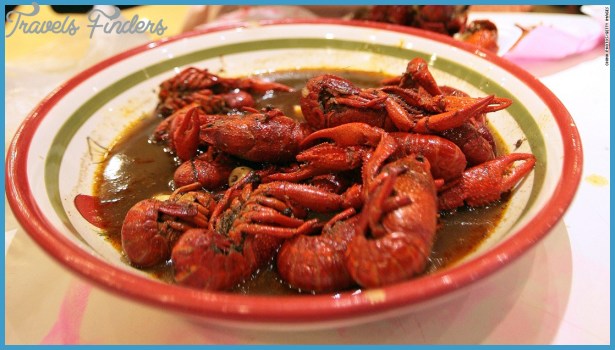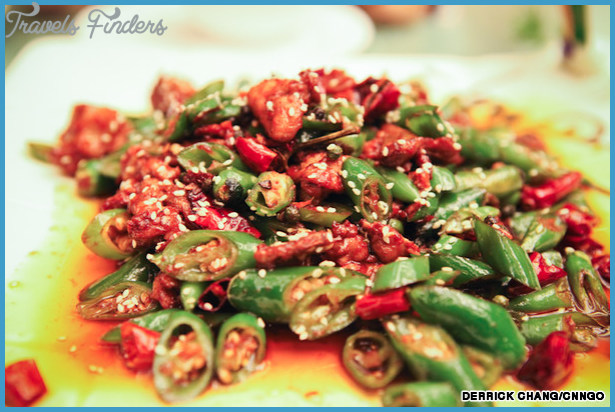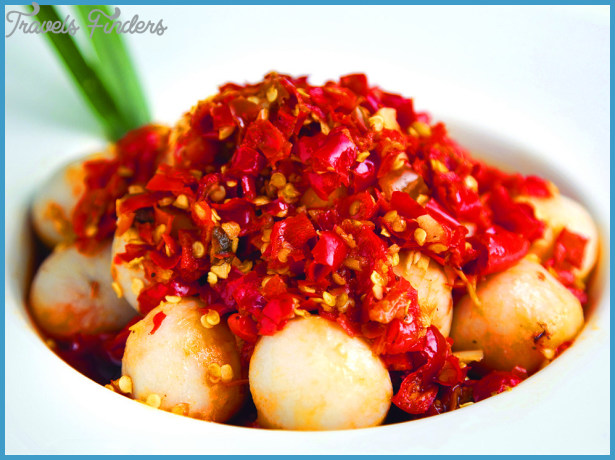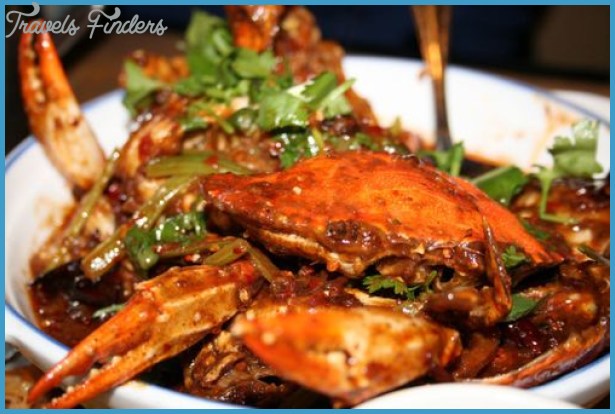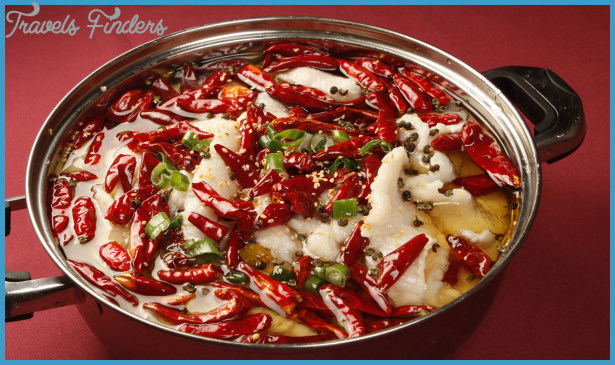The Chinese have always appreciated fresh food. Hence tortoises are cooked alive or brain is eaten steaming hot. In the search for a life-prolonging elixir, Taoists waited out in the open for the sun to rise so that they could drink the early morning dew and eat the fresh shoots. Apart from soya paste, some vegetables pickled in vinegar or brine and a few dried fish, the Chinese have made little use of preserved foods. Even now they prefer seasonal products and fresh meat. “Better to use vegetables from your own garden,” goes one proverb, “than the best cook in the empire.”
Cooking as an Apart from soups, braised meat and a few cold starters, Chinese dishes art form are not, as many people believe, prepared in advance but cooked just prior to eating. Most dishes need short cooking times over a high heat. Using this method, meat and vegetables stay crisp and juicy without losing their vitamins. A dish cooked in this way will glisten with colourful, nutritious ingredients all mixed together in a tasty sauce. This quick, but heat-intensive cooking method is a challenge to the cook, his skill, judgement and speed of reaction and requires movements akin to those of the Chan Buddhists. Preparation may well be lengthy and thorough, but the success of the dish depends on just a few moments which require large quantities of intuition and concentration. If something goes wrong, it cannot be corrected. To create a successful menu a Chinese chef needs meat and vegetables cut evenly. The ingredients are then all sauteed separately, first the firmer ingredients, then the softer ones and finally the various vegetables.
Co-ordinating The Chinese recognise one taboo in their kitchens. Vegetables, fish and the flavours meat should never be eaten raw, but must be cooked thoroughly-this custom has its origins in the rules of hygiene laid down by Chinese pharmacists. There are few prejudices when cooks seek to match various tastes with each other and to create newflavour combinations.
Food Making noodles
The aim is not so much to bring out the natural flavour of any one ingredient, rather to combine it with others to make something new. The Chinese are particularly proud if their guest does not know precisely what he has just eaten, especially as the foods most valued by the local people can be rather tasteless and need to be seasoned with other ingredients. Birds’ nest soup, shark’s fin and sea cucumber come into this category. Chinese cooks can sometimes be rather daring with distinctively flavoured ingredients, creating colourful blends. They stuff fish with meat and noodles, eel with chrysanthemum leaves and lobster with bamboo shoots. Chicken flesh is cut into fish shapes and served with prawns. The webbed feet of the duck can also be transformed into little fish and garnished with pepper pods. The enormous range of ingredients that are available to the cook contrasts with the clearly defined cooking methods.

